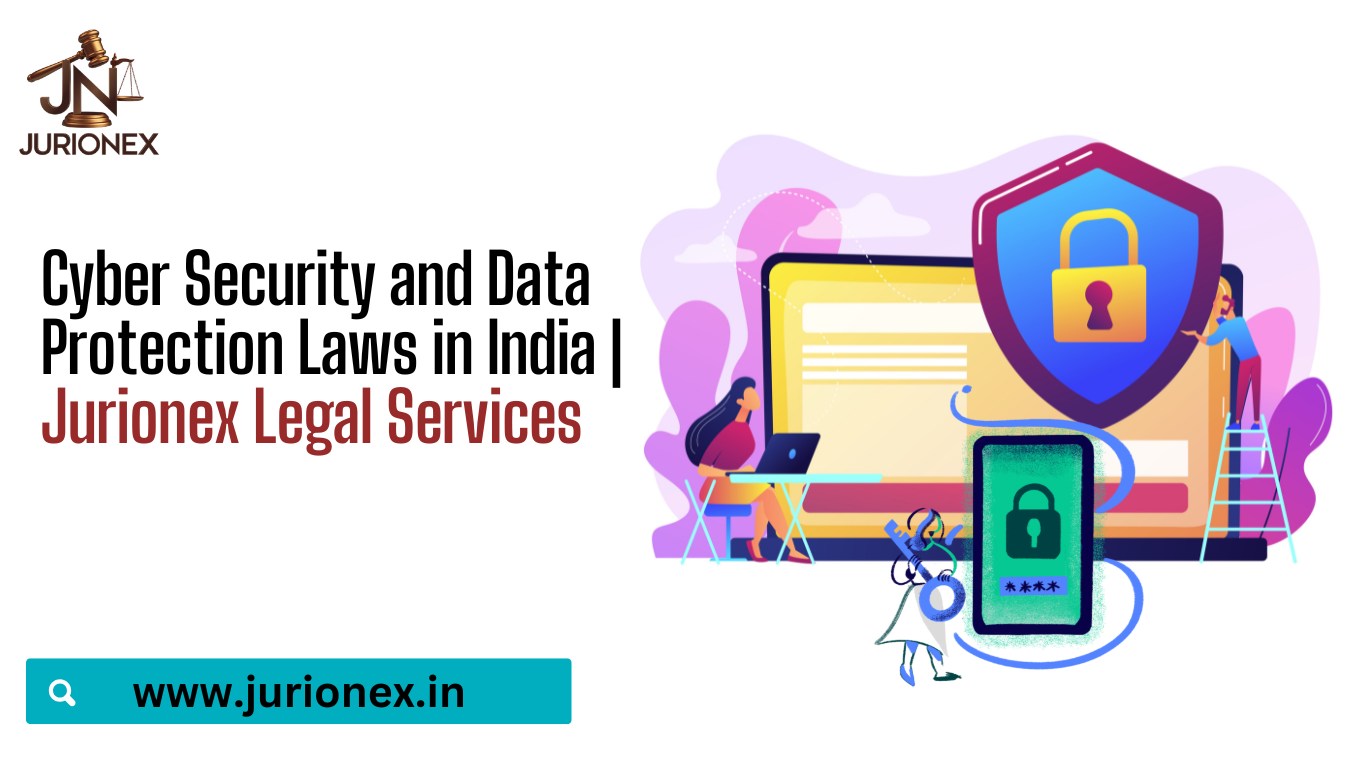The Ever-Evolving Threat Landscape
The online world is a vibrant and essential part of modern life, connecting us to information, entertainment, and each other. However, this interconnectedness also makes us vulnerable. Cyber threats are constantly evolving, becoming more sophisticated and harder to detect. From simple phishing scams to complex ransomware attacks, the potential dangers are real and require proactive measures to mitigate risk. Staying safe online isn’t a one-time fix; it’s an ongoing process of adapting to new threats and employing the latest cybersecurity measures.
Strong Passwords: Your First Line of Defense
It might sound basic, but using strong, unique passwords remains one of the most effective ways to protect your accounts. Avoid easily guessable passwords like birthdays or pet names. Instead, opt for long, complex passwords that combine uppercase and lowercase letters, numbers, and symbols. Password managers can be invaluable tools, generating and securely storing complex passwords for you. Remember to enable two-factor authentication (2FA) wherever possible, adding an extra layer of security that requires a second verification method, like a code sent to your phone, to access your accounts.

Beware of Phishing and Social Engineering
Phishing attacks are a common tactic used by cybercriminals to trick individuals into revealing sensitive information. These attacks often come in the form of deceptive emails, text messages, or websites that mimic legitimate organizations. Be wary of unsolicited emails asking for personal information or login credentials. Always verify the sender’s identity before clicking any links or opening attachments. Familiarize yourself with common phishing techniques and learn how to spot suspicious emails or messages. Remember, legitimate organizations will never ask for your passwords via email or text.
Protecting Your Devices with Updated Software
Keeping your software up-to-date is crucial for patching security vulnerabilities. Regularly update your operating system, antivirus software, and applications to benefit from the latest security patches. Outdated software is a prime target for cyberattacks, as known vulnerabilities can be exploited by malicious actors. Enabling automatic updates is a convenient way to ensure your devices are always protected against the latest threats. This simple step can significantly reduce your risk of infection.
The Importance of a Robust Antivirus Solution
A comprehensive antivirus solution is essential for protecting your devices from malware and other malicious software. Antivirus programs actively scan for and remove threats, providing a crucial layer of protection against various cyberattacks. Choose a reputable antivirus provider and ensure your software is regularly updated to keep pace with emerging threats. Consider using a combination of antivirus software and a firewall for enhanced protection. Regularly scan your devices for malware, even if you haven’t noticed any unusual activity.
Safe Browsing Practices: Navigating the Web Securely
When browsing the internet, practice safe browsing habits to minimize your risk of encountering malicious websites or downloads. Avoid clicking on suspicious links or downloading files from untrusted sources. Only download software from official websites and be wary of pop-up ads that may lead to malicious websites. Use a reputable web browser with built-in security features and consider using a VPN (Virtual Private Network) to encrypt your internet traffic and protect your privacy, particularly when using public Wi-Fi networks.
Regular Backups: Protecting Your Data
Regularly backing up your important data is crucial for disaster recovery. In the event of a cyberattack, ransomware infection, or hardware failure, having a backup allows you to restore your files and minimize data loss. Consider using a cloud-based backup service or an external hard drive to store your backups. Ensure your backups are regularly updated and tested to verify their integrity. Having a solid backup strategy can save you from significant distress and potential financial losses.
Cybersecurity Awareness Training: Educating Yourself and Others
Staying safe online requires continuous learning and adaptation. Regularly update your knowledge on the latest cyber threats and best practices. Take advantage of online resources, cybersecurity awareness training programs, and industry news to stay informed. Educate your family and friends about cybersecurity risks and best practices to create a safer digital environment for everyone. Collective awareness and proactive measures are crucial in combating the ever-growing threat of cybercrime.
Staying Vigilant: The Key to Online Safety
Ultimately, staying safe online is a continuous process that requires vigilance and proactive measures. By employing strong passwords, practicing safe browsing habits, keeping your software updated, and staying informed about the latest threats, you can significantly reduce your risk of becoming a victim of cybercrime. Remember, cybersecurity is a shared responsibility, and by taking these steps, you contribute to a safer online environment for yourself and others. Visit here for information about privacy and cybersecurity law.

